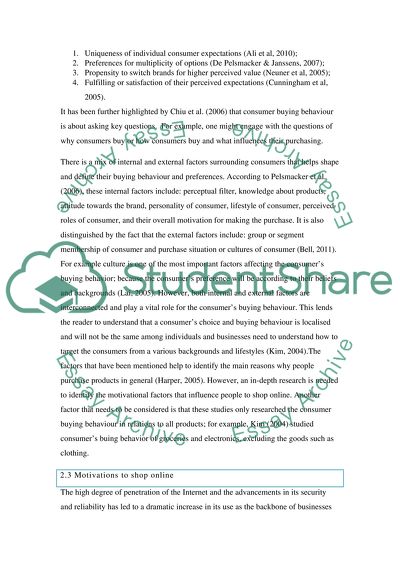Cite this document
(“Consumer Buying Behavior Essay Example | Topics and Well Written Essays - 3750 words”, n.d.)
Retrieved from https://studentshare.org/marketing/1637783-consumer-buying-behavior
Retrieved from https://studentshare.org/marketing/1637783-consumer-buying-behavior
(Consumer Buying Behavior Essay Example | Topics and Well Written Essays - 3750 Words)
https://studentshare.org/marketing/1637783-consumer-buying-behavior.
https://studentshare.org/marketing/1637783-consumer-buying-behavior.
“Consumer Buying Behavior Essay Example | Topics and Well Written Essays - 3750 Words”, n.d. https://studentshare.org/marketing/1637783-consumer-buying-behavior.


